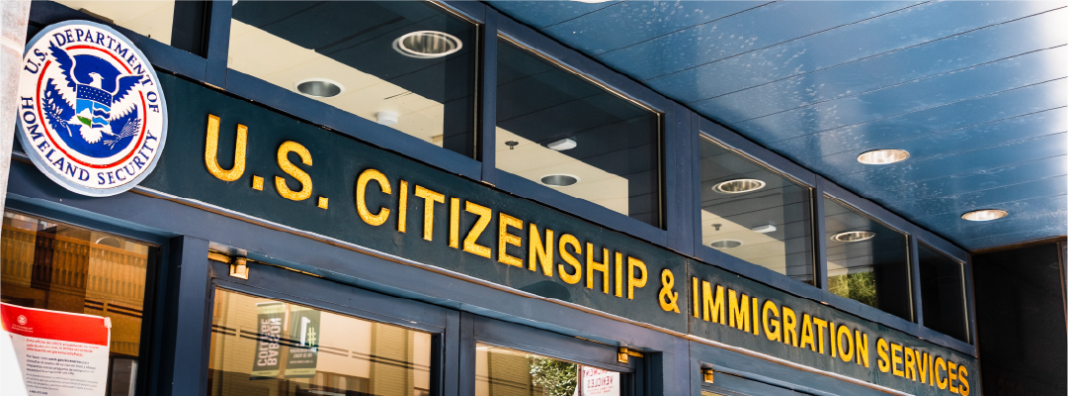
Inflation has no cure-all. The Federal Reserve’s rate hikes – two already this year, and more expected – might help, but they do nothing to address one of the main underlying problems: not enough workers.
According to the most recent government data, there are almost 11.4 million job openings in the country, but only about 6 million unemployed persons. That’s a shortage of about 5.4 million people. That’s two jobs for every jobless person in the United States. This hasn’t been the case since the Bureau of Labor Statistics started counting job openings in 2000.
Solving the labor shortage will go a long way toward mitigating inflation. The most immediate solution for both: import a workforce.
If employers can’t find the workers that they need, then they aren’t efficiently making everything that shows up on our grocery store shelves. Raising wages to keep workers can help, but it means higher prices for the same bag of groceries. What we need to focus on is unlocking supply — and that means supplying workers to U.S. businesses.
It’d be easy to blame the labor shortage (like everything else) on COVID, but this problem began in December 2017. That was the first month since 2000 in which there were more openings than unemployed persons.
COVID‘s economic costs marked a temporary departure from this situation but have now exacerbated the problem by shutting down legal immigration. Madeline Zavodny, an immigration economist, estimates about 630,000 fewer migrant workers came to the U.S. because of COVID restrictions.
Giovanni Peri, another economist, estimates about 2 million missing immigrant workers when looking at a longer timeline than Zavodny.
A great option here is to allow our companies to hire from abroad. There are a lot of openings in the United States, but not enough workers. In much of the world, countries have the opposite problem: not enough jobs for too many workers.
The scale of the economy’s need for workers is unprecedented at the moment. Opening U.S. borders makes both sides of this trade better off.
You may have seen stories of record border crossings in 2021 — U.S. border agents made 1.9 million arrests at the border. This is an overcount of actual immigrants since about a third of those were repeat crossers. So the actual count of unique crossers would have been closer to 1.3 million.
Take a moment and imagine that the U.S. adopted open borders. That means anyone who wanted to live and work in the U.S. would be free to do so. Now imagine that instead of getting arrested and detained or deported, all of those 1.3 million immigrants had instead been allowed to become productive, inflation-fighting workers. Even in this fanciful and politically unlikely daydream, the U.S. would still be at least 4 million people short.
Those missing workers are like missing the suspension system for your car. Each bump in the road is going to hurt a lot more without the cushion that immigrant workers provide to consumers and employers.
Would inflation have climbed if the U.S. hadn’t closed our borders for COVID? Most likely. Would our current inflation have been as steep if we had continued to import needed workers? Unlikely.
The U.S. is in a fortunate position. We have many more jobs than unemployed people, and people all over the world want to come here and fill those openings. The solution to our labor shortage is apparent. It’s an opportunity to boost America’s economic standing that we shouldn’t squander.


 AcraMax
AcraMax